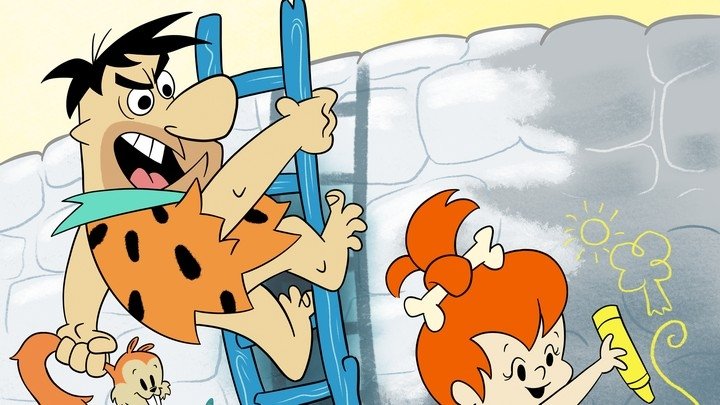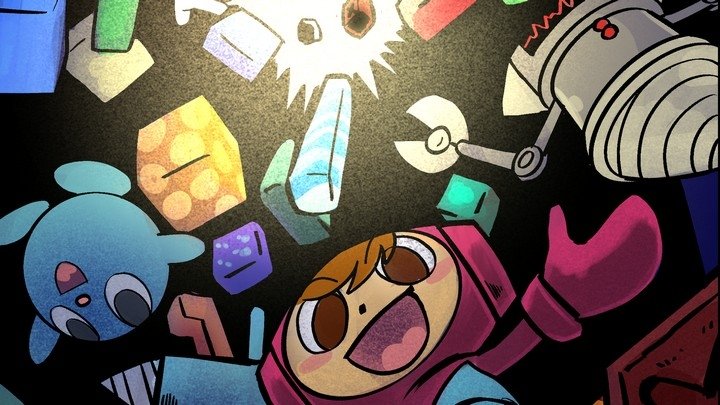25 years ago, SNK crowned themselves the King of Fighters
The world's first crossover fighter proved to be more than the sum of its parts
I love fighting games, and I am old enough to remember when the entire genre was driven by a single, shining example: Street Fighter II. Capcom's 1991 mega-hit did more than just conquer arcades, it conquered a generation through its omnipresence. Street Fighter II cabinets were everywhere in the early 1990s, be they authentic or bootlegs. While Capcom sought to keep the craze going through iterative modificatications, it wasn't long before derivative works (or outright copycats) became just as ubiquitous.
Enter SNK. The company was a real-life rival of Capcom's, as both corporations had their headquarters in the city of Osaka, Japan. While both had years of experience in the arcade business, by the 1990s Capcom was the bigger name in games. Mere months after Street Fighter II debuted, SNK released Fatal Fury for their arcade/console platform, the Neo Geo (the first 2D fighter on the system). Fatal Fury bore more of a resemblance to the first Street Fighter than its sequel, and with good reason: the director was Takashi Nishiyama, the director of the original Street Fighter who had since quit and joined SNK.
Fatal Fury only allowed players to choose from three different characters - a far cry from the eight World Warriors in Street Fighter II - but it used cutscenes in-between brawls to tell a story of revenge. There were fewer characters but they had clear motivations and goals (and last names). When Fatal Fury got its own sequel one year later, it was more in line with the Street Fighter II model: eight fighters to choose from, a world map showing where all the battles took place, and a quartet of unplayable bosses who only appeared after clearing the initial foes.
However, 1992 also saw SNK release another fighting game called Art of Fighting, also created by an ex-Capcom employee, Hiroshi Matsumoto. While there were undeniable resemblances to Street Fighter (the lead character is named Ryo, he wears a gi, and he can throw fireballs with a quarter-circle joystick motion), it also used cutscenes and a limited character selection to stand apart. Its own sequel, Art of Fighting 2 (1994), would expand the roster to twelve.
But something happened between 1992 and 1994: the worlds of Fatal Fury and Art of Fighting became explicitly intertwined. Both of the original games were set in the same fictional city, South Town, a name so generic it could be dismissed as coincidence. Yet Fatal Fury Special, a 1993 sequel in the spirit of Street Fighter II's many iterations, added the hero of Art of Fighting as a secret boss in a so-called "dream match." Likewise, Art of Fighting 2 added the villain of the first Fatal Fury as a secret boss. Suddenly the idea of a South Town Universe seemed not only likely, but inevitable.
On August 25, 1994, everything fell into place when SNK released The King of Fighters '94. Not only were there characters from Fatal Fury and Art of Fighting duking it out, but SNK had mined the company's already-rich library of games to include older characters like Athena and the Ikari Warriors, alongside an array of brand-new characters like the all-American athlete team, the mysterious leader of the Ikari Warriors named Heidern, and a fire-tossing schoolboy named Kyo Kusanagi. The game may have been marketed as a two-game crossover (the attract mode couldn't make this any clearer) but KOF was instead a new flagship product, a fighting game that doubled as a cross-section of SNK history.
But KOF wasn't just a super-sized character grab bag, it was a team battle. Unlike any of its predecessors - or the Street Fighter games - The King of Fighters '94 made players choose from a set list of eight three-character teams and winning a match meant knocking out all three characters on the other side. This mean the traditional best-of-three model was gone in favor of a best-of-five contest with the added twist that in KOF, winning a round does not grant a full life-bar reset. If a player just barely edges out an opponent, they face the next fighter with hardly any health to spare. Innovations like these made KOF feel fresh and exciting and most of all unique; after producing games that, whatever their qualities, lived in the shadow of Capcom's creations, SNK had found its own path.
Looking back at the original KOF twenty-five years later, the game's reach exceeds its grasp. Twenty-four characters is a lot, but the sprites lack the detail or panache of their contemporaries. KOF 94 debuted in the same summer as Capcom's DarkStalkers, a game with beautiful animation that still looks great today. The rigid team selection also effectively reduces the roster to eight choices; there's no way to assemble your favorite characters into a custom trio, you must pick from a preset squad (thankfully KOF 95 would correct this and set the standard for all subsequent games). And given the importance of narrative in both Fatal Fury and Art of Fighting, there's little more to the story of KOF 94 than "what if a bad guy started a fighting tournament," a tale that was already stale when Mortal Kombat ripped off Enter the Dragon in 1992.
Of course, hindsight is 20/20. As a teenager I wasn't counting frames of animation, I was blown away by the mere existence of The King of Fighters '94. The series became an annual tradition with a roster that only got bigger from year to year, with KOF 98 being an extravaganza that remains my favorite video game to this day. Here in the 21st century, the yearly releases may be long gone but the series still has legs: just weeks ago, SNK announced that KOF XV is in development. Team battles, crossover media, and shared universes may not be as novel in 2019 as they were in 1994, but I'm the kind of fan who's still eager to see what comes next for KOF. Maybe we'll finally see a clash between Samurai Shodown and The Last Blade? Magician Lord vs Eightman? World Heroes vs Munch Mobile?? The Future is WOW!




